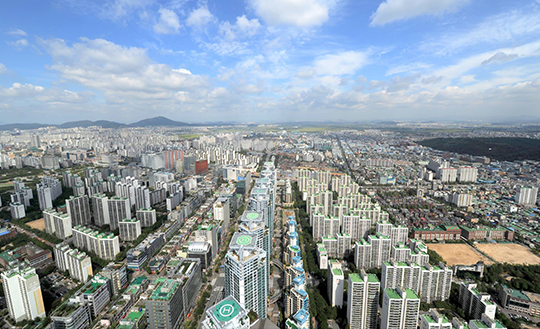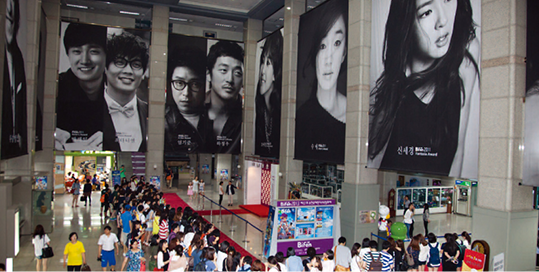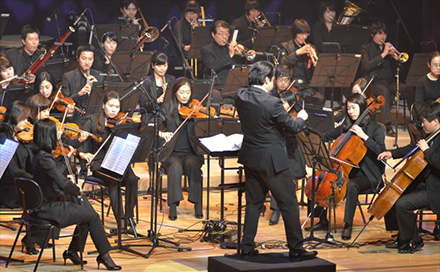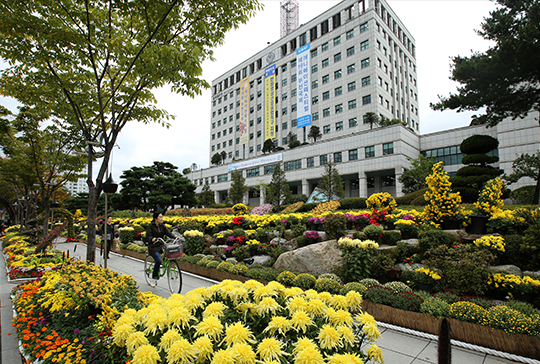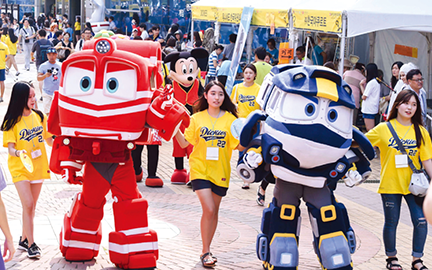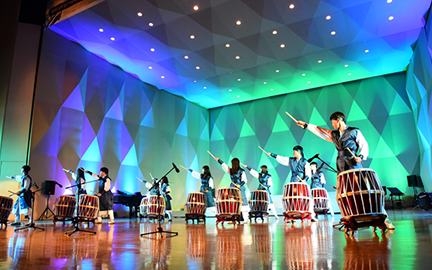Bucheon is an aspiring city of culture that experienced rapid industrialization in the 20th century.
Located between Seoul and Incheon, it has an area of 54km2 and a population of 840,000 After the opening of Incheon Port (1883) and construction of the Seoul-Incheon railway line (1900), the city emerged as a transportation center. Under the nation's economic development drive in the 1970s, the city grew into a key area in the Seoul-Incheon Industrial Zone, and later the birthplace of semiconductor industry. Large industrial complexes were built in and around Bucheon, attracting people from all over Korea.
For young workers yearning for education, many night schools were set up in the city. With the explosive increase of labor and student activism in the 1980s, Bucheon grew into one of the most important centers of the democratization movement and social transformation in Korea. Over 200 NGOs were registered in Bucheon by 1999, earning the city the nickname of "Korea's Mecca of citizens' movements." On the basis of such widespread interest in human rights, peace, and the environment that Bucheon began to pursue a development strategy focused on culture and the culture industry. It is the first primary local government to establish a culture foundation in Korea, and home to one of the most prestigious philharmonic orchestras in the country.


